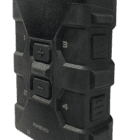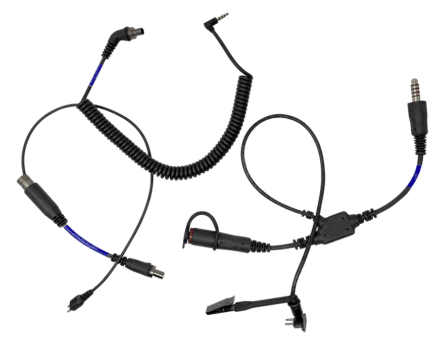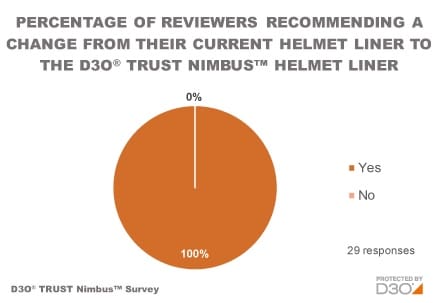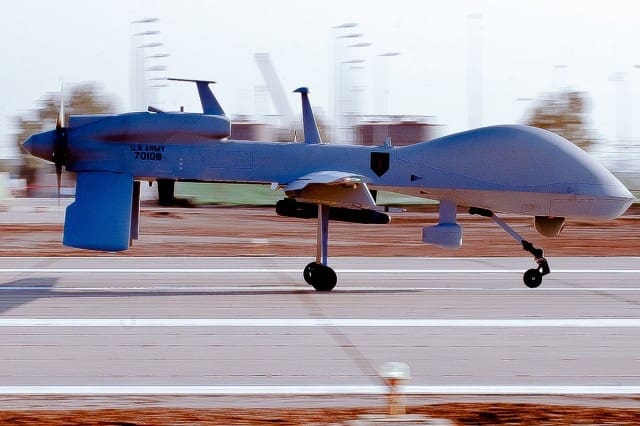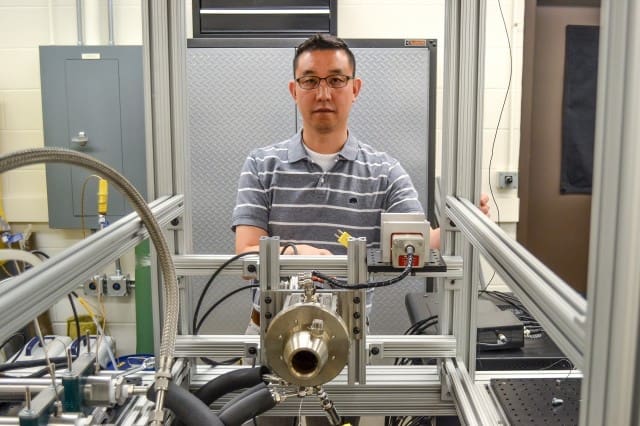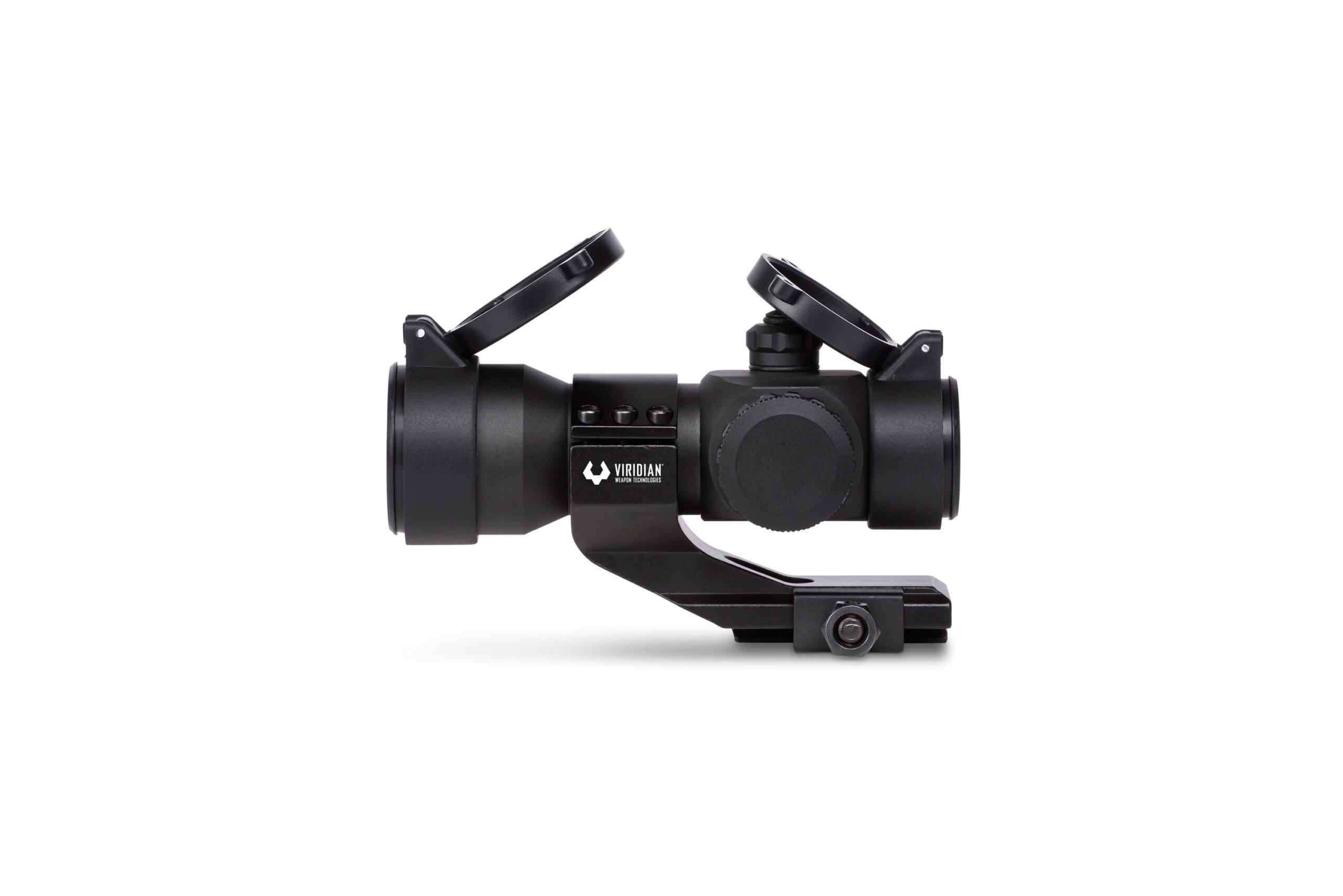• Switchblade 600 builds on battle-proven Switchblade 300, with patented “wave-off” feature and ability to recommit, with increased range, extended endurance and multi-purpose anti-armor munition for use against larger, hardened targets
• Lightweight, self-contained Switchblade 600 launch tube system allows for deployment flexibility from fixed and mobile platforms on land, in air or at sea
• Switchblade 600 with advanced EO/IR gimbaled sensor suite, precision flight control and more than 40 minutes of endurance delivers immediate reconnaissance, surveillance, and target acquisition
• New tablet-based Fire Control System allows operators to easily train, plan missions and execute flight operations
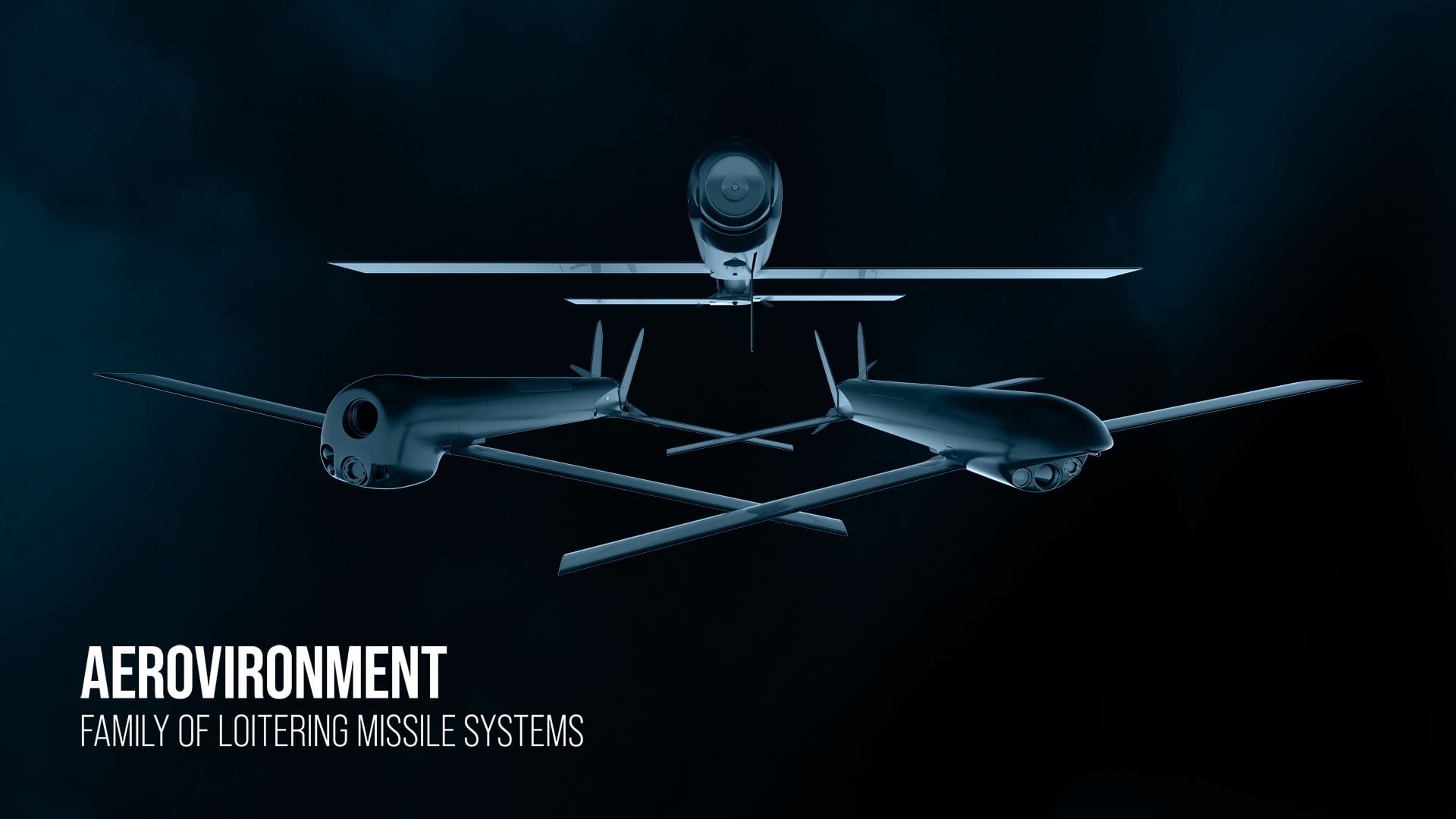
AeroVironment’s Family of Loitering Missile Systems – Switchblade® 300, Switchblade® 600, Blackwing™ Loitering Reconnaissance System (Photo: AeroVironment)
SIMI VALLEY, Calif., Oct. 1, 2020 – AeroVironment, Inc. (NASDAQ: AVAV), a global leader in unmanned aircraft systems (UAS), today announced the introduction of its family of loitering missile systems, featuring the new Switchblade 600. Switchblade 600 builds on the battle-proven track record of Switchblade 300 to define a new category of extended range loitering missiles. The U.S. Army recently awarded AeroVironment a $76 million contract award for Switchblade 300 system procurement and support as part of the Lethal Miniature Aerial Missile System (LMAMS) program. Based on the same tube-launched, collapsible wing, electric propulsion architecture as Switchblade 300, the new, larger Switchblade 600 offers expanded capabilities for engaging larger, hardened targets at greater distances.
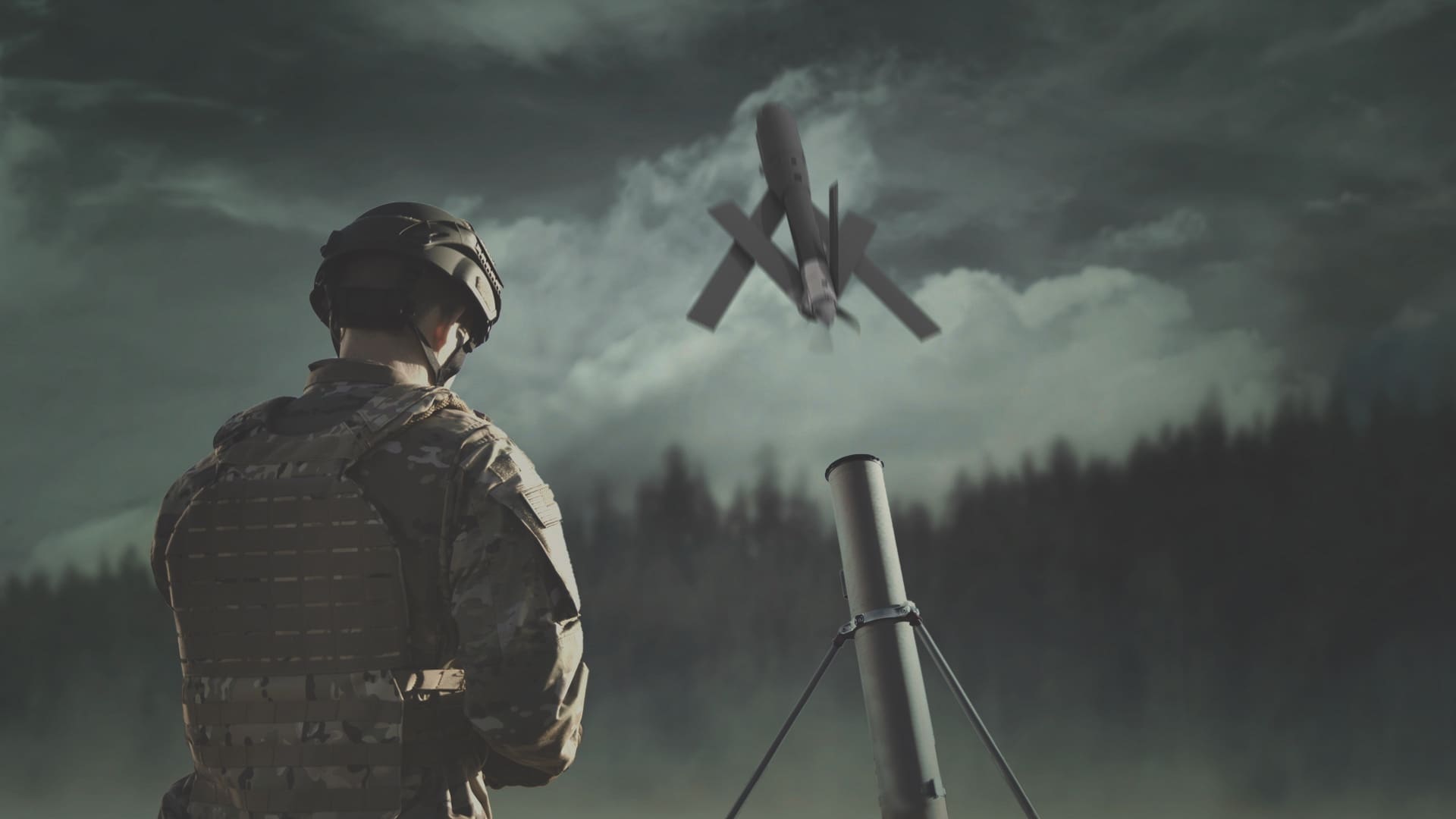
“Since pioneering the loitering missile category with Switchblade 300 more than 10 years ago, AeroVironment has worked with multiple new customers to develop scalable variants that could address new mission requirements,” said Wahid Nawabi, AeroVironment president and chief executive officer. “Now that Switchblade 300 has been adopted by the U.S. Army for its LMAMS program, our customers are eager to deploy Switchblade 600 because it can address larger, hardened targets in a more precise, rapid and cost-effective manner than legacy missile systems. We anticipate continued expansion of our family of loitering missile systems to help our customers proceed with certainty across a broader set of missions.”
Rapidly deployable, highly maneuverable, with high performance optics and scalable munition payloads, AeroVironment’s Switchblade loitering missile systems enable the warfighter to easily launch, fly, track and engage beyond line-of-sight targets and light armored vehicles with lethal effects and minimal or no collateral damage. A required man-in-the-loop arming sequence provides positive target confirmation, while AeroVironment’s patented “wave-off” feature and recommit capability delivers the unique ability for operators to cancel an attack within seconds of impact to avoid collateral damage, and then re-engage targets on command. In addition, each system’s small form factor, and low acoustic, visual, and thermal signature make them difficult to detect, recognize or track even at close range.
Switchblade 300
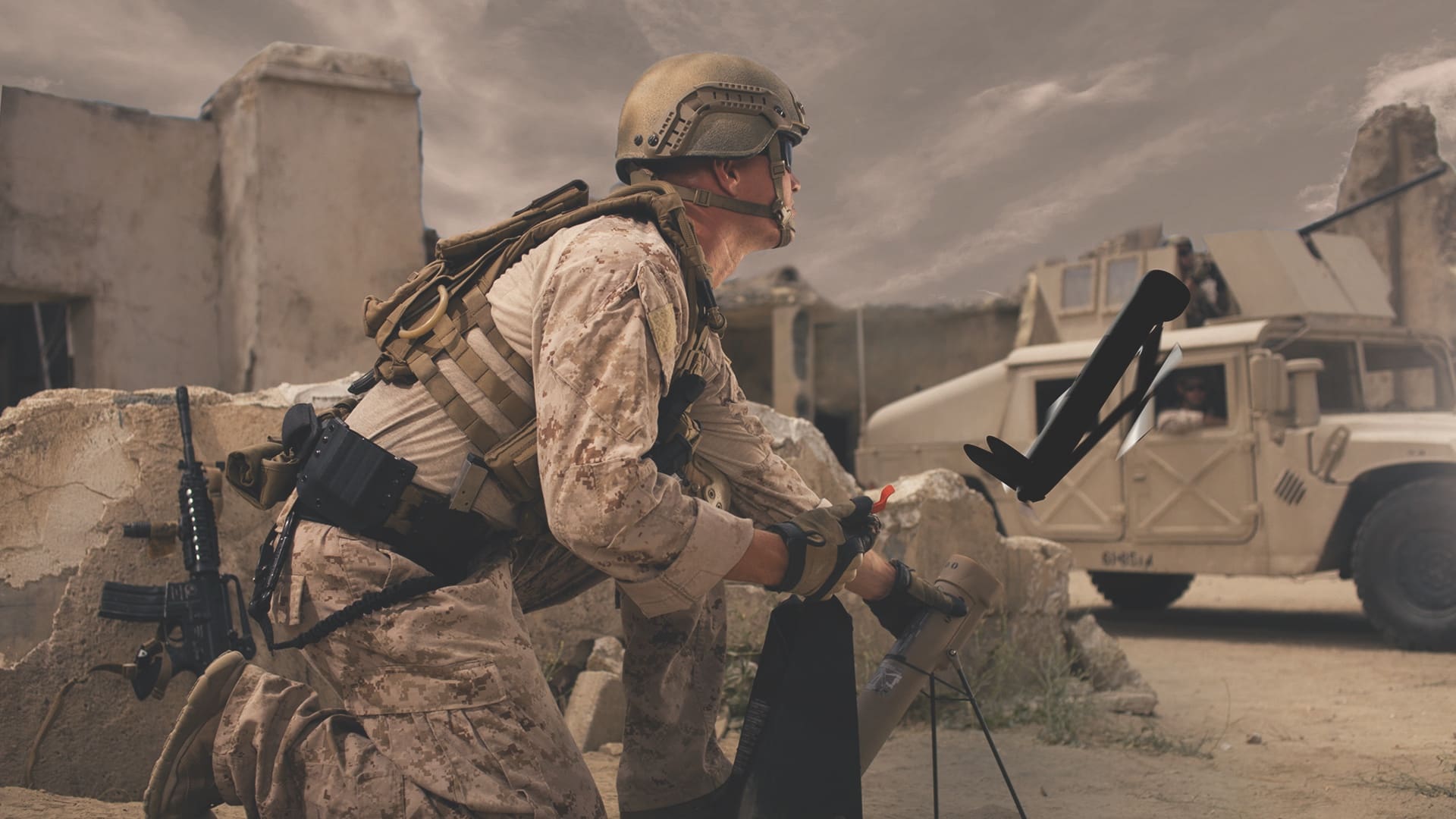
Weighing just 5.5 pounds (2.5 kilogram), Switchblade 300 is back-packable and can be deployed in less than 2 minutes via the launch tube in which it is transported, which can be easily integrated into land, air or sea platforms. Once airborne, Switchblade 300 can be remotely piloted or autonomously guided, providing up to 15 minutes of tactical reconnaissance, surveillance and target acquisition (RSTA). Real-time video and cursor-on-target GPS coordinates provide situational awareness, information collection, targeting and feature/object recognition. Combining a dash speed of 100 mph with an advanced munition delivery, Switchblade 300 provides the warfighter with quick response and precise target prosecution against static or mobile threats, with low collateral damage.
Switchblade 600
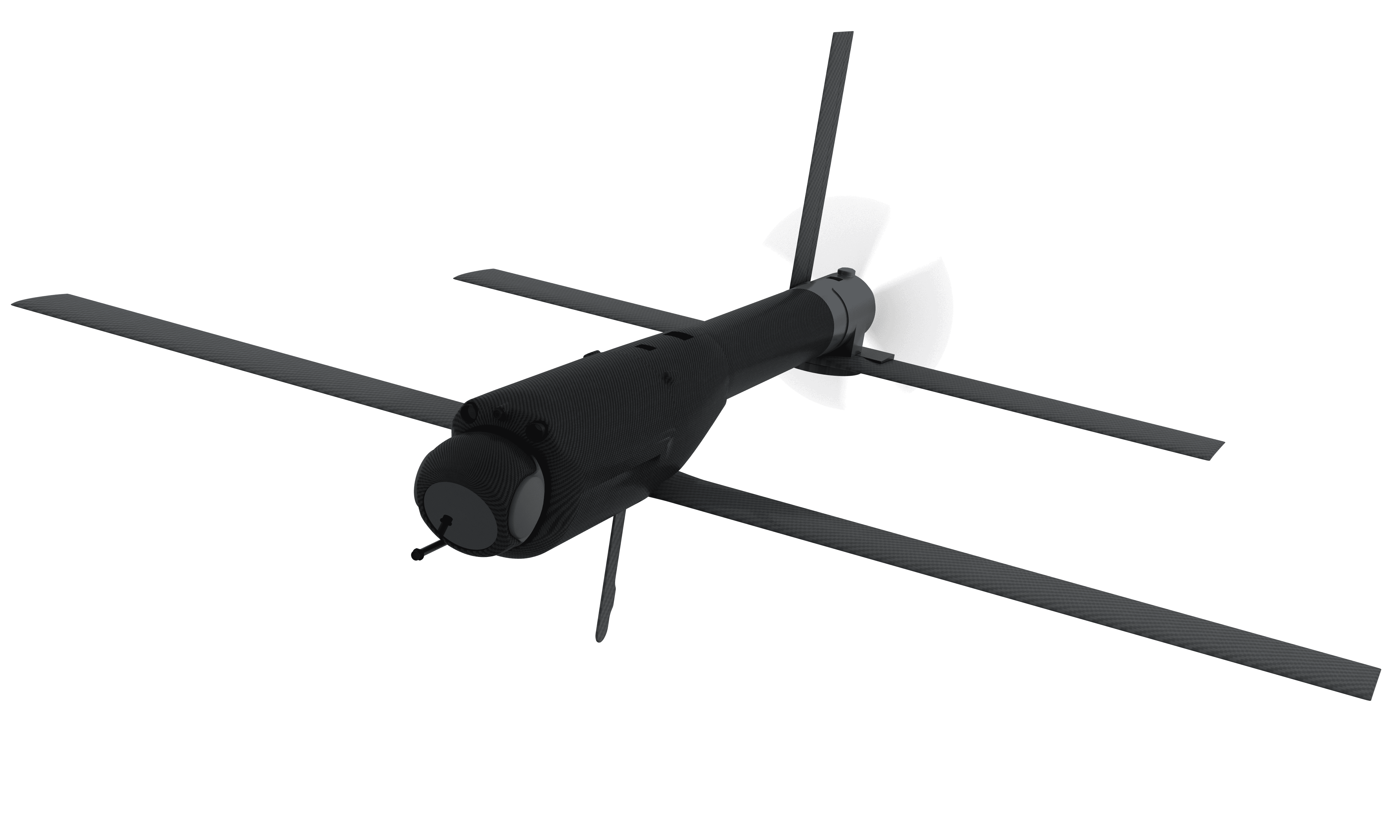
This all-in-one, man portable, 50-pound (22.7 kilogram) solution includes everything needed to launch, fly, track and engage non line-of-sight targets with lethal effects and can be set up and operational in less than 10 minutes. Switchblade 600 deploys from the launch tube in which it is transported to allow the flexibility for ground, air or vehicle platform launches at extended stand-off range. This provides operators with superior force overmatch, while minimizing exposure to direct or indirect enemy fires. With a 115 mph dash speed and on-board anti-armor warhead, Switchblade 600 has the firepower to engage and prosecute hardened static and moving light armored vehicles from multiple angles with precise localized effects, while minimizing collateral damage.
Equipped with a high-performance EO/IR gimbaled sensor suite, precision flight control and more than 40 minutes of flight time, Switchblade 600 delivers unprecedented tactical reconnaissance, surveillance and target acquisition (RSTA). This allows Switchblade 600 to transit up to 50 miles (80 kilometers) to a target area before conducting multiple confirmatory orbits, and engage in target prosecution – without the need for external ISR or fires assets. Should non-combatants be observed within the proximity of the target, Switchblade’s patented “wave-off” feature and recommit capability allows operators to abort the mission at any time, and then re-engage either the same or other targets multiple times based on operator command.
Also new with Switchblade 600, AeroVironment introduces a touch-screen, tablet-based Fire Control System (FCS) with tap-to-target guidance and the option to pilot the loitering missile manually or autonomously. Combined with its built-in mission planner and training simulator, the FCS provides operators with an intuitive platform to easily plan and execute missions precisely, while reducing cognitive load. Additionally, on-board AES 256 digital encryption and SAASM GPS provide the security, resilient communications and signal integrity necessary to defend against electronic warfare capabilities employed by peer and near-peer adversaries in contested environments.
“Switchblade 600 delivers an unprecedented combination of precision, control and effects on target, addressing missions previously performed with ‘fire and forget’ legacy missile systems that represented more than $1 billion in U.S. Department of Defense procurement appropriations in fiscal year 2020,” added Mr. Nawabi. “The result of our continued innovation at the intersection of robotics, sensors, software analytics and connectivity, Switchblade 600 offers next generation capabilities to our customers for operations against any adversary, in any threat environment.”
When precision counts, AeroVironment’s family of loitering missile systems provide the actionable intelligence and precision firepower needed to achieve mission success in a wide range of increasingly complex battlefronts. Flexibly deployed from fixed ground positions, combat vehicles with integrated precision fire controls, aerial or maritime platforms, AeroVironment’s loitering missile systems provide field commanders with precision lethality across multiple domains.
AeroVironment is now accepting orders for Switchblade 300 and Switchblade 600, with expected delivery in 2021. For more information on AeroVironment’s loitering missile systems, visit www.avinc.com/tms.








